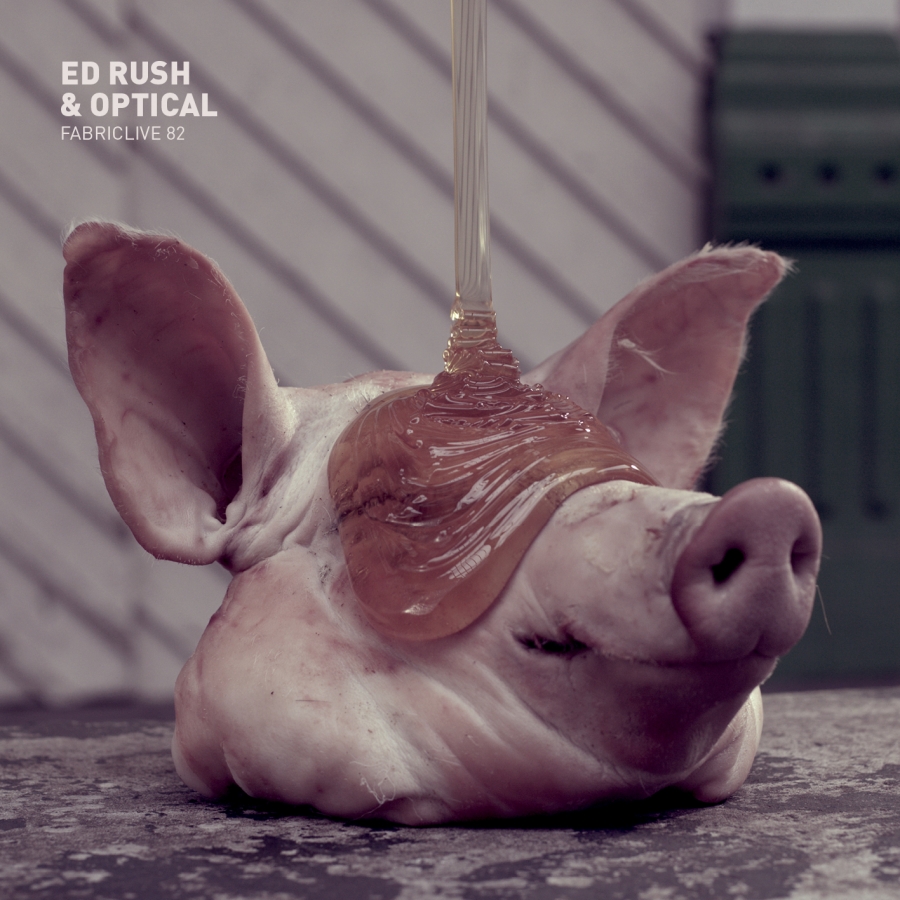Ed Rush & Optical Fabriclive 82
The drum & bass vets deliver their Virus sound to Fabric's mix series.

No one can question Ed Rush & Optical’s legacy in the world of drum & bass—after all, they’re the undisputed godfathers of the neurofunk buzzsaw that sliced through the scene at the turn of the millennium. By emphasizing backbeats over breakbeats, they teased out the funk hiding beneath the surface of techstep, creating a growling roll that took the genre by storm. However, one might reasonably ask why Fabric offered them a turn at their venerable live mix series, nearly 15 years after their heyday. The relentless snares of the duo’s signature Virus sound helped kick off the rinse-out arms race that pushed drum & bass over the distorted edge, alienating all but the most tweaked-out fans by the mid 2000s—and only after lumbering in hibernation for a period of years was the genre revived with a renewed emphasis on melody and songwriting. There could be an argument made for Fabriclive 82 as a nod towards nostalgia, but there is little evidence that the public at large is clamoring for such a throwback. And while there are moments of the mix that pummel you into appreciation on force of will alone, the project comes across as a reminder of past excesses that feels out of (half)step with the current direction of the sound.
There is no mistaking the ride you are in for from the moment the album begins: It’s nonstop arpeggio synth stabs and time-warped bass as far as the eye can see. This makes sense, considering the tracklist is stuffed with Ed & Rush and Optical cuts both new and old, along with a cast of producers who are their undeniable progeny: Noisia, Teebee, and Konflict, for example. Of course, on one level, the way they stick to their guns is commendable. This is their sound, and the album plays as something of a victory lap in honor of their accomplishments—and tracks like “Chubrub” and the Noisia remix of “Messiah” still pack a punch. Unfortunately, the effect is weakened over course of 39 tracks, as they grab the music by the throat right out of the gate and almost never let it breathe. An increased focus on pacing and a moment or two of cerebral escape would have benefited the album well; instead, we are left with a tale told by respected veterans, full of sound and fury, but signifying stagnation.

